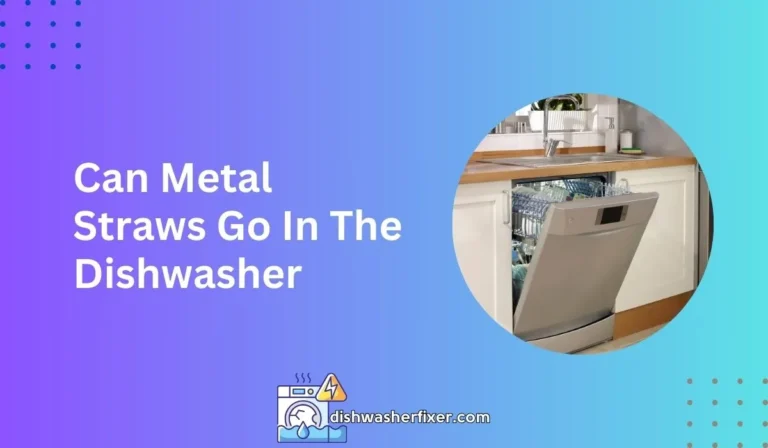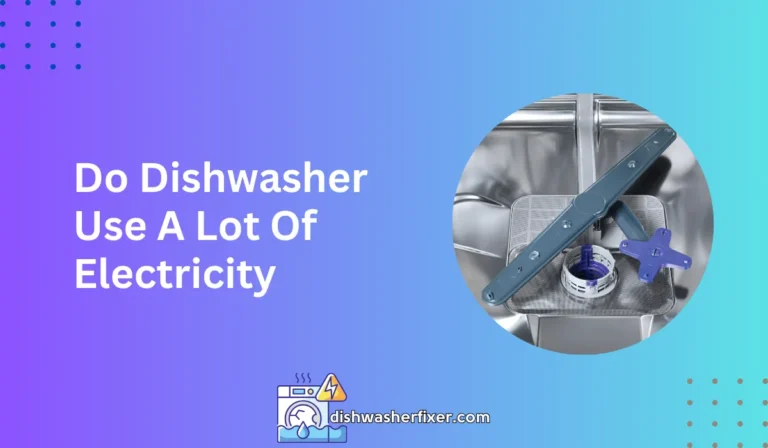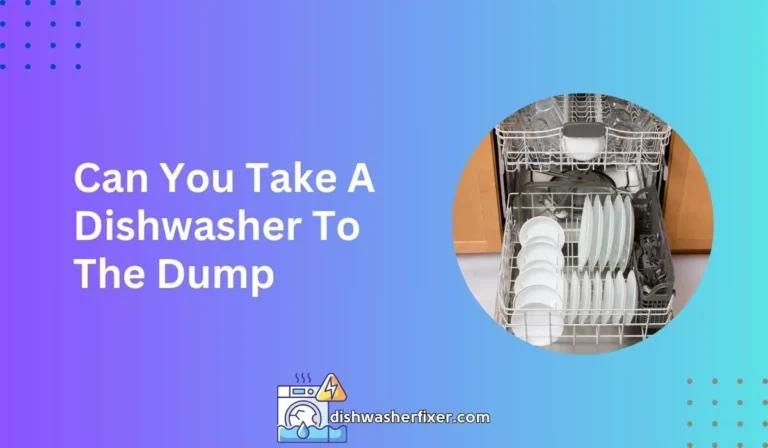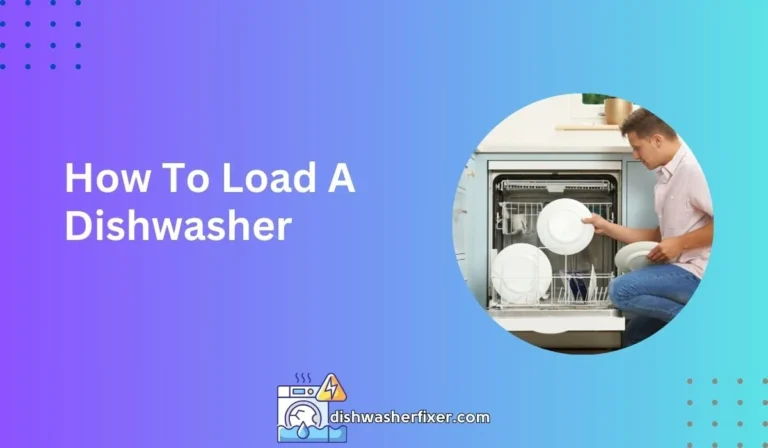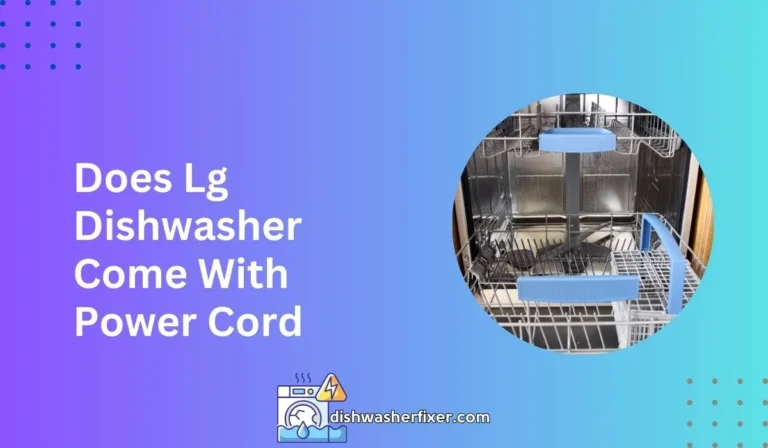Why Dishwasher Not Working: 5 Common Causes & Fixes
A dishwasher may not work due to power issues, a tripped circuit breaker, a faulty door latch, or a clogged filter. Ensure the appliance is plugged in, check the breaker, inspect the door latch for proper closure, and clean the filter for blockages.
Common Causes of Dishwasher Problems
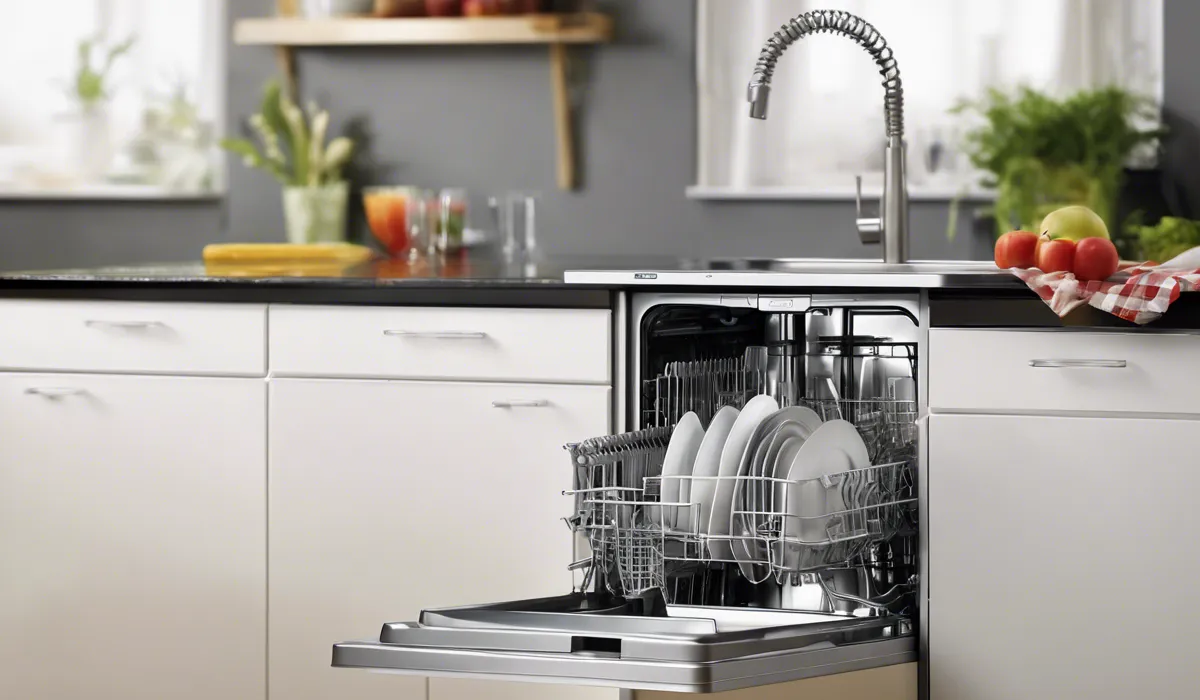
Power Issues: Tripped Circuit Breakers and Blown Fuses
One of the first things you should check when your dishwasher stops working is the power supply. Dishwashers require a substantial amount of electricity to operate, and power issues are a common culprit behind malfunctioning units.
Water Supply Issues: Blocked or Kinked Hoses, Failed Water Inlet Valves
Water supply issues can stem from blocked or kinked hoses and failed water inlet valves. If the dishwasher is not filling with water, inspect the hoses behind or beneath the appliance.
Door Latch Malfunctions: Misalignment or Damage Preventing Proper Closure
The door latch is a critical component that signals the dishwasher that it is safe to begin the cycle. If the door latch is misaligned or damaged, the dishwasher may not start. Inspect the door latch for any visible signs of wear or damage.
Make sure the door closes securely and that the latch clicks into place. If the door does not close properly, the dishwasher will not operate, as it is designed to prevent water from leaking during the cycle.
Faulty Electronic Controls: Control Panel Malfunctions or Software Issues
Modern dishwashers are equipped with electronic controls that can sometimes malfunction. If the control panel is unresponsive or showing strange patterns or errors, it could be indicative of a software issue or a hardware failure.
In some cases, a simple reset can fix the problem. However, if the issue persists, the electronic controls might need professional diagnostics or replacement.
Motor or Pump Failures: Signs of Motor Hum Without Action or Water Not Pumping Out
The motor and pump are responsible for circulating water and draining it out of the dishwasher. If you hear a humming sound but the dishwasher does not fill with water or fails to drain, this could indicate a motor or pump issue.
The motor could be seized, or the pump could be clogged or broken. These problems can be complex and may require disassembly of the dishwasher to diagnose and repair.
Troubleshooting Steps for Non-Working Dishwashers
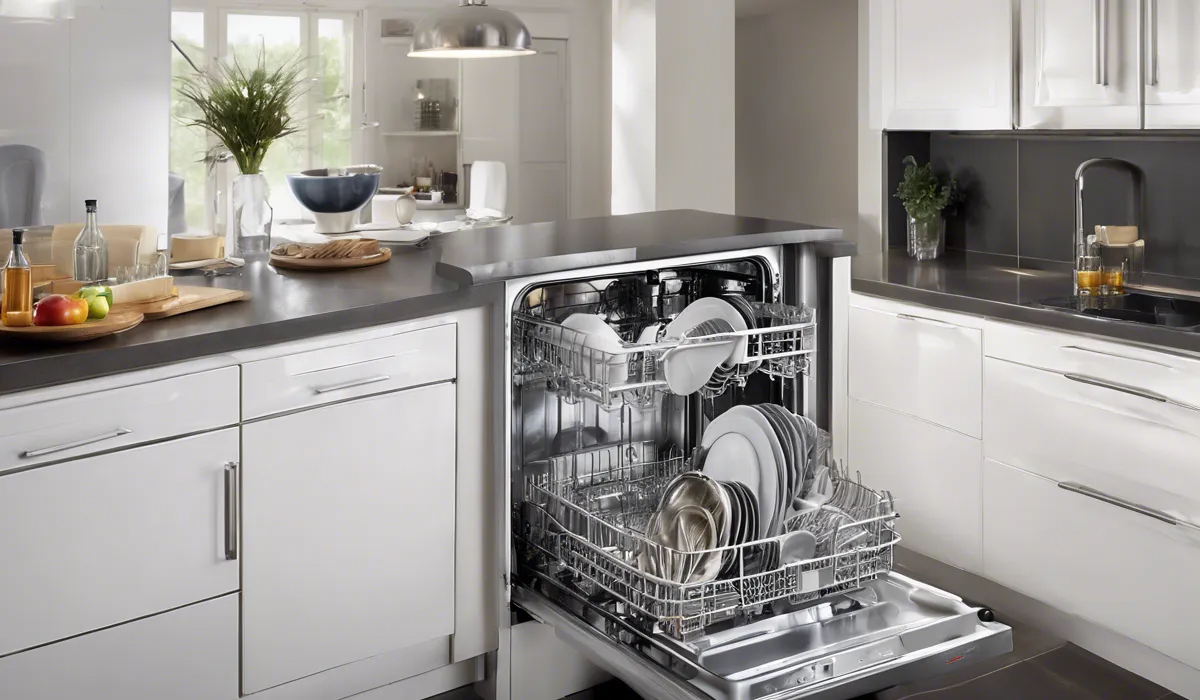
Safety First: Disconnect Power Before Attempting Fixes
Before you start troubleshooting your dishwasher, always ensure your safety by disconnecting the power.
This can be done by unplugging the appliance or turning off the circuit breaker that supplies power to the dishwasher. This will prevent any accidental electrical shocks while you work on the appliance.
Inspect Electrical Connections: Check for Power Supply and Secure Connections
Once you have safely disconnected the power, check the electrical connections. Ensure that the dishwasher’s plug is firmly inserted into the outlet and that the outlet is functioning properly.
You can test the outlet by plugging in another device to see if it works. Also, inspect the power cord for any signs of damage or wear.
Examine Water Supply: Ensure Valves Are Open and Hoses Are Clear
Check the water supply valves to make sure they are fully open. If the valves are turned off or only partially open, the dishwasher will not receive the necessary amount of water.
Additionally, inspect the hoses for blockages or kinks. If you find any debris obstructing the water flow, clear it to allow water to enter the dishwasher freely.
Check the Door Latch: Confirm That the Dishwasher Door Is Securely Closed
Revisit the door latch to ensure it is engaging properly. Close the dishwasher door firmly and listen for the click of the latch. If the door is not latching, the dishwasher will not start.
Check the door seal for any food particles or debris that might prevent the door from closing correctly.
Reset the Dishwasher: Try a Power Cycle or Reset the Dishwasher’s Controls
Resetting the dishwasher can sometimes clear any errors and get it working again.
To reset the dishwasher, you can turn off the power at the circuit breaker for a few minutes and then turn it back on.
Some dishwashers also have a reset button or a specific sequence of buttons you can press to reset the controls.
Listen for Abnormal Noises: Identify Any Humming or Silence When the Dishwasher Should Be Active
When you start the dishwasher, listen carefully for any unusual noises. A humming sound could indicate a stuck motor, while complete silence might suggest a power issue or a faulty control board. Identifying these noises can help you pinpoint the problem.
Observe Water Drainage: Check for Standing Water Indicating a Clogged Filter or Pump
If there is standing water at the bottom of the dishwasher after a cycle, this could be a sign of a clogged filter or pump.
Remove any food scraps or debris from the filter and check the drain hose for obstructions. A clogged hose can prevent water from draining out of the dishwasher.
When to Call a Professional
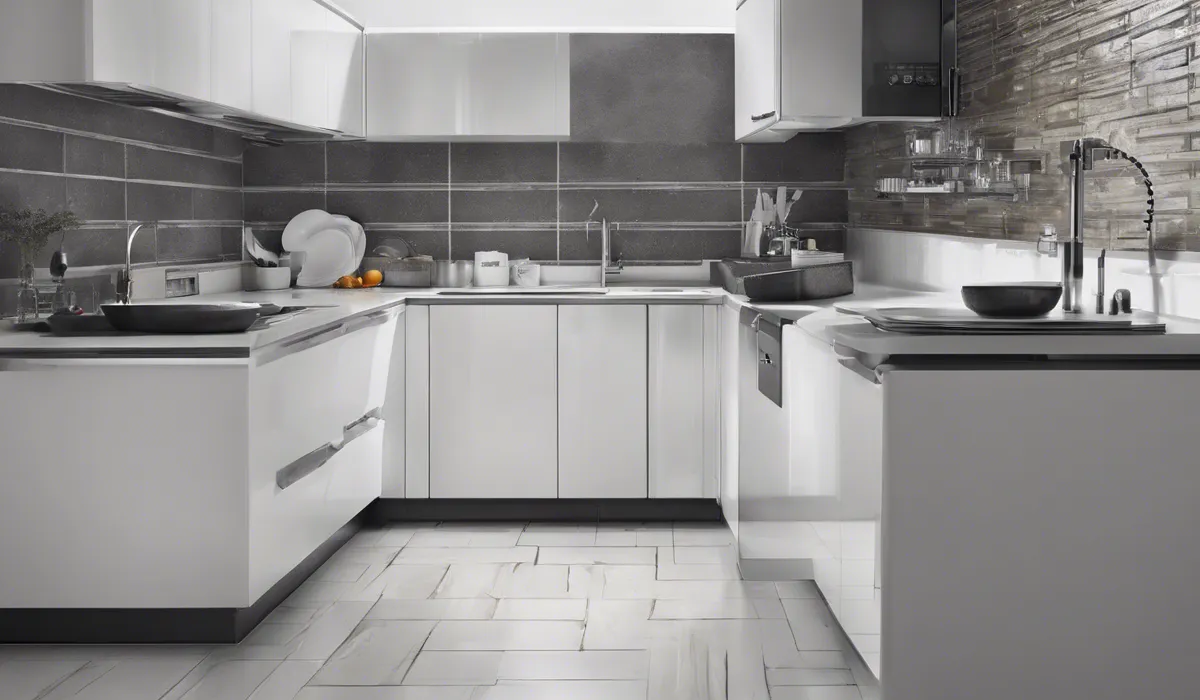
Persistent Electrical Issues: When Power Issues Are Not Resolved by Basic Checks
If you have checked the circuit breaker, fuses, and electrical connections but the dishwasher still has power issues, it’s time to call a professional. They can safely diagnose and repair any underlying electrical problems that might be affecting your dishwasher.
Water Leakage: Signs of Water Outside the Dishwasher or Under the Sink
Water leakage can cause significant damage to your home. If you notice water pooling around the dishwasher or under the sink, stop using the appliance immediately and contact a professional. They will be able to find the source of the leak and fix it to prevent further damage.
Complex Motor or Pump Problems: When the Motor Is Not Working Despite Being Powered
If your dishwasher’s motor or pump is not functioning correctly even though it has power, this could be a complex issue that requires a professional’s expertise. They have the tools and knowledge to repair or replace the faulty components safely.
Error Codes and Electronic Issues: When the Dishwasher Displays Error Codes That You Can’t Troubleshoot
Many dishwashers have built-in diagnostic systems that display error codes when something goes wrong. If you encounter an error code that you cannot resolve with the user manual or basic troubleshooting, a professional technician can interpret the code and carry out the necessary repairs.
Recurrent Problems: Issues That Keep Occurring Despite Attempted Fixes
If you’ve tried troubleshooting your dishwasher and the same problems keep recurring, it could indicate a more serious issue.
In such cases, a professional can provide a comprehensive inspection to determine the root cause and implement a lasting solution.
FAQs About Dishwasher Troubleshooting
Why is my dishwasher not turning on?
The dishwasher may not turn on due to power issues, such as not being plugged in, a tripped circuit breaker, or a faulty door latch that prevents the cycle from starting.
What do I do if my dishwasher has power but is not starting?
Ensure that the dishwasher door is properly latched as a safety mechanism may prevent it from starting if the door is not securely closed.
How can I tell if my dishwasher filter is clogged?
If your dishwasher is not cleaning properly or draining slowly, check the filter for blockages and clean it to restore proper function.
What should I check if my dishwasher stops mid-cycle?
If your dishwasher stops mid-cycle, check for a tripped circuit breaker or a blown fuse, and ensure that the door latch is still properly engaged.
Can a clogged filter cause my dishwasher to not work at all?
A severely clogged filter can lead to water not circulating properly, which might prevent the dishwasher from running its cycle effectively or at all.
Final Thoughts
Dishwasher malfunctions often stem from power issues, tripped circuit breakers, faulty door latches, or clogged filters.
To troubleshoot, verify the appliance is connected to power, examine the circuit breaker, ensure the door latch is engaging correctly, and remove any blockages from the filter.
